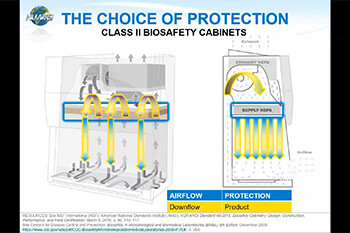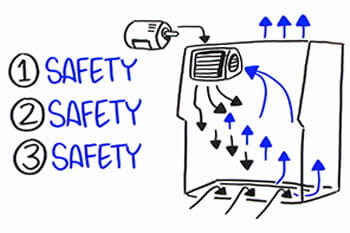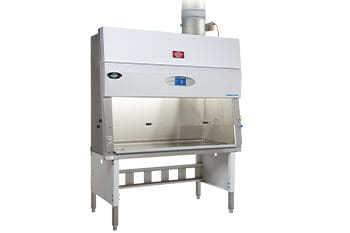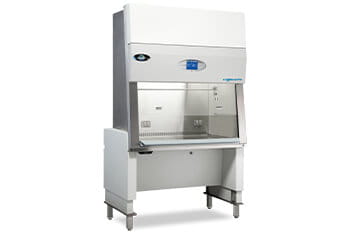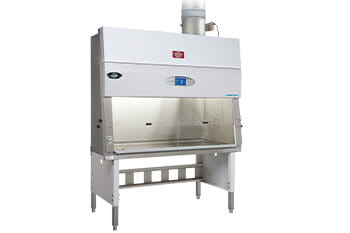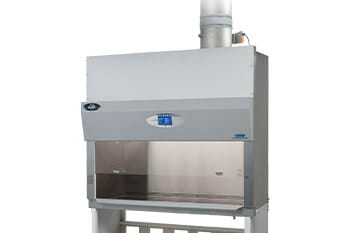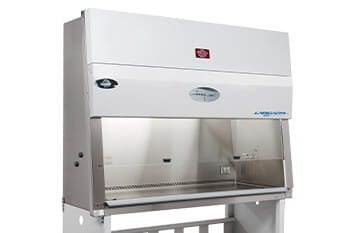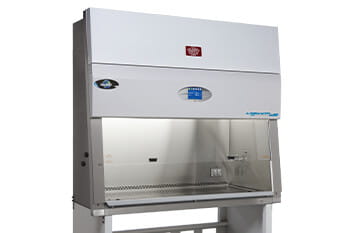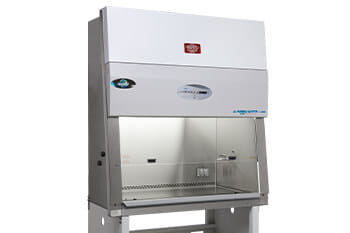
 General Technical Bulletin
General Technical Bulletin
Class II Biosafety Cabinet Downflow Velocity Impact on Cross Contamination


This comprehensive technical bulletin delves into the critical relationship between downflow velocity and cross-contamination risk in Class II Biological Safety Cabinets (BSCs). As manufacturers have lowered downflow velocities to enhance energy efficiency and reduce noise, questions have arisen about the potential impact on sample integrity.
The document provides a historical context, tracing the evolution of BSC design standards from the 1970s to modern practices. It highlights how average downflow velocities have decreased from 80 fpm to as low as 40 fpm in some contemporary models while still maintaining personnel and product protection standards.
At the heart of this bulletin is a series of rigorous tests conducted to evaluate lateral airflow movement and cross-contamination potential at various downflow velocities. Using a modified NSF/ANSI 49 test method, the study simulates real-world conditions by placing a nebulizer in the center of the work zone.
The results reveal a correlation between lower downflow velocities and increased lateral air movement. Velocities above 50 fpm were found to provide cross-contamination protection within accepted industry guidelines, while those below 50 fpm exceeded these limits.
Notably, the bulletin discusses the implications for laboratory work practices, suggesting that guidelines may need modification for cabinets operating at lower velocities. It also touches on the complexities of airflow patterns, including unexpected findings at extremely low velocities.
This technical resource is invaluable for laboratory managers, biosafety professionals, and researchers working with BSCs. It offers insights into the delicate balance between energy efficiency and sample protection, emphasizing the need to consider cabinet specifications and work practices carefully.
By providing detailed test methodologies, results, and visual representations of airflow patterns, this bulletin equips readers with the knowledge to make informed decisions about BSC selection and use. It underscores the ongoing importance of understanding and optimizing biosafety cabinet performance to ensure scientific work's integrity and laboratory personnel's safety.



